Esther Predicted in Ezekiel
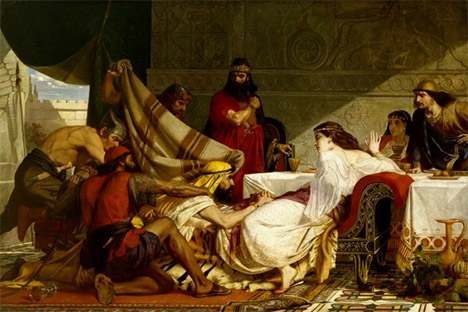
The book of Esther describes the fulfillment of the battle of Gog and Magog
An excerpt from “Esther in the Midst of Covenant History” by James B. Jordan (2001)
Continue reading

An excerpt from “Esther in the Midst of Covenant History” by James B. Jordan (2001)
Continue reading
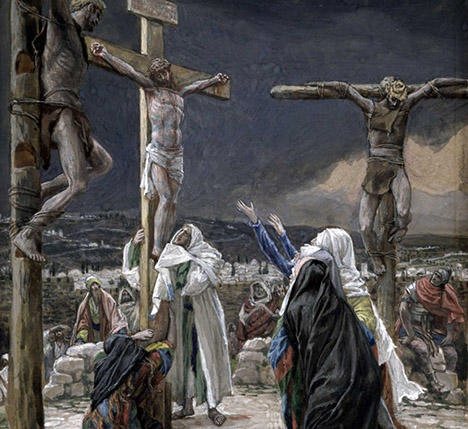
The abandonment of the Son by the Father is made palpable not in the crucifixion of His body, since He willingly laid down His life, but in the darkness which covered the Land for three hours. But perhaps this darkness was a sign of the Father’s nearness rather than His distance.
“Truly, truly, I say to you, (Transcendence)the Son can do nothing of his own accord, (Hierarchy)but only what he sees the Father doing. (Ethics)For whatever the Father does, (Oath/Sanctions)that the Son does likewise.” (Succession)(John 5:19)
The premise that the entire text of the Bible has a common structure, one which operates at multiple levels, has many implications. Besides the fact that this is clearly a miracle, there is the question of why such a limitation would be placed upon the Words of God.
This post has been slain and resurrected for inclusion in my 2015 book of essays, Inquietude.
Jesus’ reference to Daniel 7 in Matthew 26:64 (and Mark 14:62) is a source of some confusion. To figure out what is actually going on in Daniel’s vision, we have to go back to Leviticus 16. James Jordan writes:
…when Jesus calls Himself “the Son of Man,” He is referring to Ezekiel, not to Daniel 7 (except perhaps indirectly). Jesus is the Greater Ezekiel. Christians are those who are “like the Son of Man,” like Jesus.
“And as he prayed, the appearance of his countenance was altered, and his clothing was white and glistening.” (Luke 9:29, King James 2000 Bible)
The Tabernacle was covered in three layers: linen, red-dyed ramskin, and a third layer of tachash. What’s tachash? The word is a mystery, and there have been many suggestions concerning its meaning, from unicorn to dolphin. But perhaps that mystery has now been solved. And the glistening solution is nothing like you’d imagine in a million years.
This post has been slain and resurrected for inclusion in my 2015 book of essays, Inquietude.
Is dispensationalism a theological framework or a hermeneutical approach?
Dispensationalism pretends to be a “literalistic” hermeneutical approach, but it is in fact a contrived framework which results from a single, fundamental error. The fact that this error is so foundational is the reason why its “prophetic plan” is so complicated.
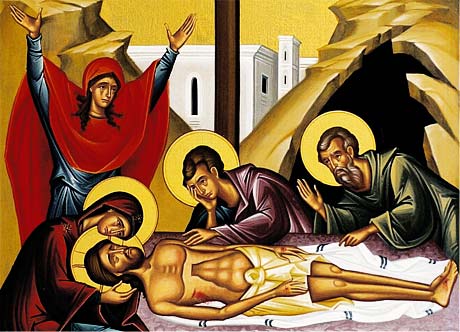
“Touching a bone made an Israelite unclean. Burning bones upon Jeroboam’s altars defiled them. This was not because bones were unholy but because they were already holy.”
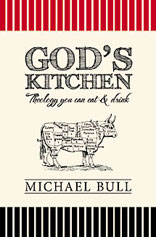 Here’s a new chapter from God’s Kitchen (members only).
Here’s a new chapter from God’s Kitchen (members only).
“This is now bone of my bones
And flesh of my flesh;
She shall be called Woman,
Because she was taken out of Man.”
Genesis 2:23
1 Peter 2:4-10 | Sermon Notes
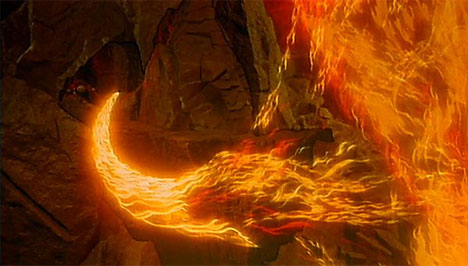
4 As you come to him, the living Stone—rejected by humans but chosen by God and precious to him—
Peter’s use of the stone image should bring many Old Testament images to mind:
We have two types of stones: uncut stones (altar, judgment – the Law) and cut, or precious, stones (glory and riches – Grace).
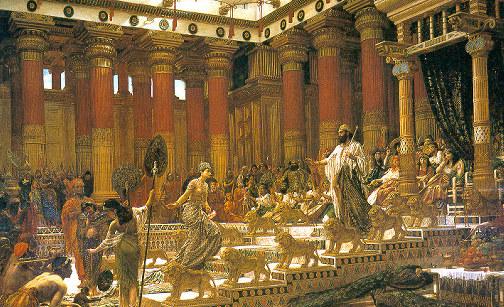
Preterists have a go at dispensationalists for interpreting the Bible through the lens of current headlines. We recognize that the Bible must be interpreted in its historical context, for its “first audience.” But there’s a brand of “newspaper exegesis” that plagues preterism as well.